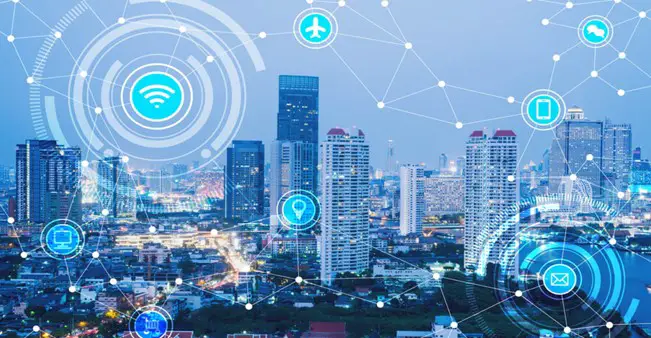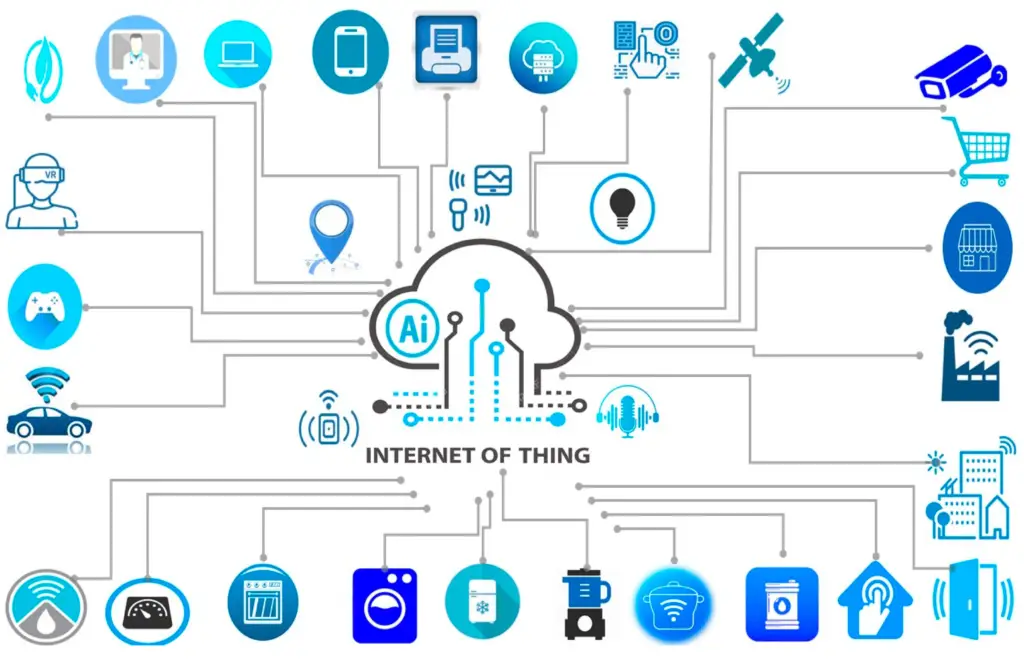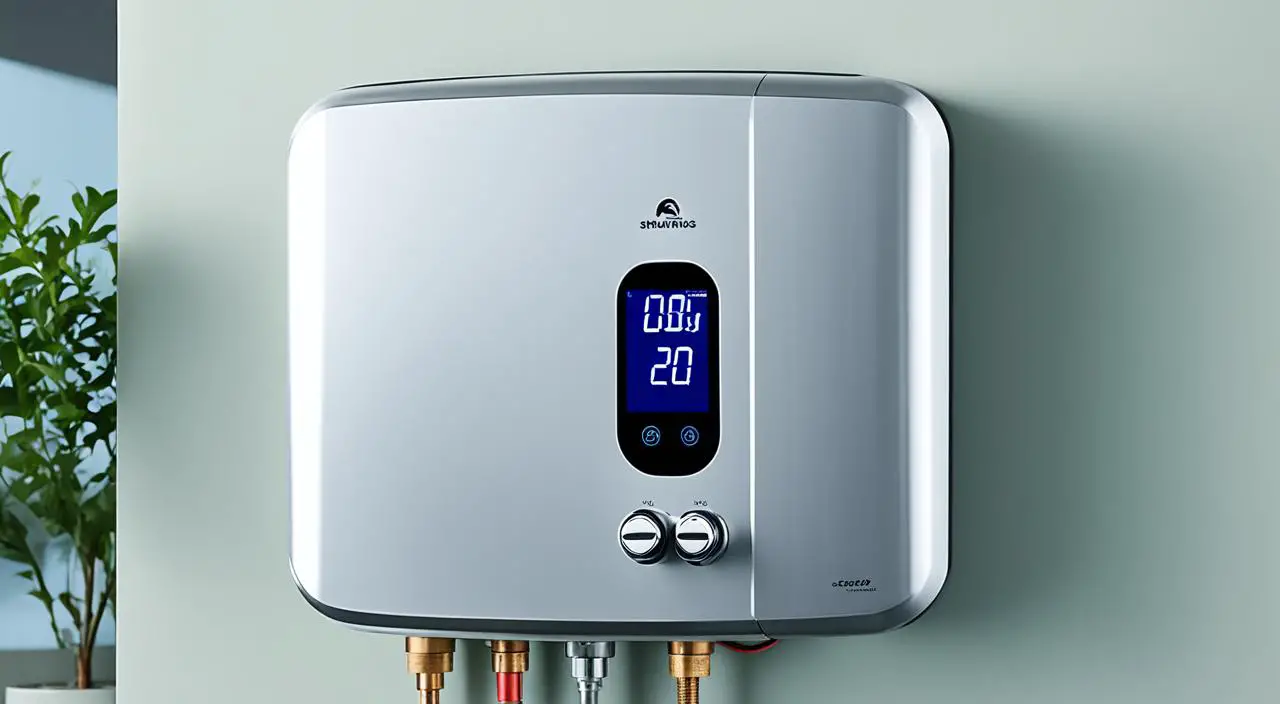The Internet of Things (IoT) is a rapidly growing technological revolution that is transforming the way we live, work, and interact with our environment. By connecting everyday objects to the internet, IoT enables them to collect, share, and analyze data, leading to increased efficiency, improved quality of life, and sustainable development. One of the most promising applications of IoT is in the creation of smart cities.
What is a Smart City?
A smart city is an urban area that uses technology to improve the quality of life for its residents. By leveraging data analytics, IoT devices, and other advanced technologies, smart cities can optimize resource management, enhance public services, and create a more sustainable and livable environment.
The Role of IoT in Smart Cities
IoT plays a crucial role in enabling smart city initiatives. Here are some of the key areas where IoT is making a significant impact:
1. Urban Infrastructure:

- Smart grids: IoT-enabled sensors can monitor energy consumption and optimize grid operations, reducing energy waste and improving reliability.
- Smart transportation: IoT can be used to optimize traffic flow, reduce congestion, and improve public transportation systems.
- Smart water management: IoT sensors can monitor water usage and detect leaks, helping to conserve water resources.
2. Public Safety:
- Smart surveillance: IoT-enabled cameras can monitor public spaces and detect potential threats, improving public safety.
- Emergency response: IoT devices can be used to track emergency vehicles and coordinate response efforts.
- Disaster management: IoT can help cities prepare for and respond to natural disasters by monitoring environmental conditions and providing early warnings.
3. Environmental Sustainability:
- Waste management: IoT sensors can track waste levels and optimize collection routes, reducing waste and improving recycling rates.
- Air quality monitoring: IoT devices can monitor air quality levels and provide real-time data to citizens and policymakers.
- Green building: IoT can be used to optimize energy consumption and reduce the environmental impact of buildings.
4. Citizen Engagement:
- Smart citizen participation: IoT can enable citizens to participate in city governance and decision-making processes.
- E-government services: IoT can be used to deliver efficient and convenient e-government services to citizens.
- Community engagement: IoT can facilitate community engagement and social interaction.
5. Economic Development:
- Attracting businesses: Smart cities can attract businesses and investment by offering a more efficient, sustainable, and livable environment.
- Job creation: The development and implementation of smart city technologies can create new jobs and stimulate economic growth.
- Innovation: Smart cities can foster innovation and entrepreneurship by providing a platform for testing new technologies and ideas.
Challenges and Opportunities
While the potential benefits of IoT in smart cities are significant, there are also challenges to be addressed:
- Data privacy and security: Protecting the privacy and security of data collected by IoT devices is a critical concern.
- Interoperability: Ensuring interoperability between different IoT devices and systems is essential for the success of smart city initiatives.
- Infrastructure investment: Deploying IoT infrastructure requires significant investment, which may be a barrier for some cities.
Despite these challenges, the opportunities for IoT to transform cities are immense. By leveraging the power of IoT, cities can create a more sustainable, efficient, and livable environment for their residents. As IoT technology continues to evolve, we can expect to see even more innovative applications and benefits in the years to come.
Case Studies
To illustrate the potential of IoT in smart cities, here are a few case studies:
- Singapore: Singapore is often cited as a leading example of a smart city. The city has implemented a wide range of IoT-based initiatives, including smart transportation, smart energy, and smart waste management.
- Barcelona: Barcelona has invested heavily in IoT technology to improve the quality of life for its citizens. The city has implemented initiatives such as smart parking, smart street lighting, and smart water management.
- New York City: New York City is using IoT to address a variety of challenges, including traffic congestion, air pollution, and crime. The city has deployed sensors to monitor traffic flow, air quality, and public safety.
Conclusion
The Internet of Things (IoT) is a powerful tool that can be used to create more sustainable, efficient, and livable cities. By connecting everyday objects to the internet, IoT enables cities to collect, analyze, and act on data to improve public services, enhance citizen engagement, and promote economic development. As IoT technology continues to evolve, we can expect to see even more innovative applications and benefits in the future.






